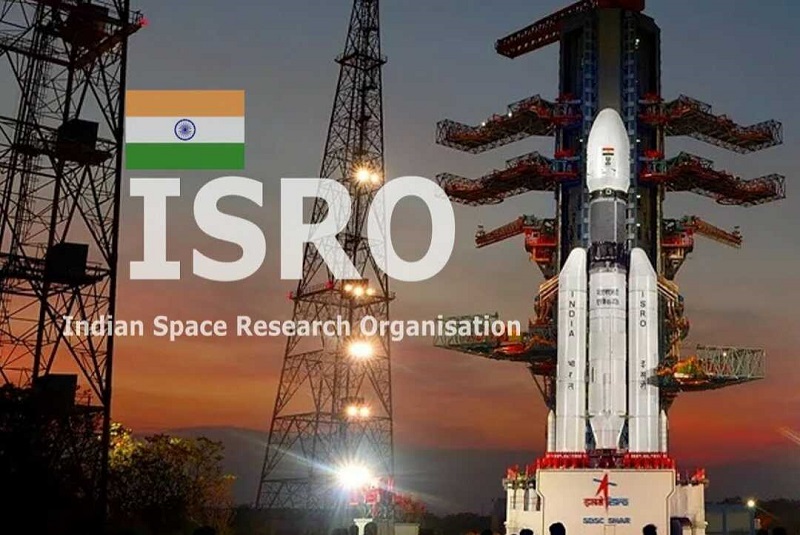
Following a fortnight of relentless work and successful scientific exploration, India’s space agency, ISRO, decided to conclude the Chandrayaan-3 lunar mission with an extraordinary and celebratory act.
ISRO orchestrated a Hop test for the Chandrayaan-3 craft, which involved a vertical take-off followed by a controlled jump from its landing site and a gentle sideways move before a soft landing, much like a helicopter-like maneuver.
This unexpected Hop test marked a significant technological advancement for the Indian space program, being the first publicly-known vertical take-off and vertical-landing (VTVL) conducted by an Indian spacecraft. It’s worth noting that ISRO is also working on reusable rockets capable of VTVL.
Chandrayaan-3’s primary mission was to land on the lunar surface using the Vikram Lander and explore the lunar terrain with the Pragyan rover while conducting various experiments. The mission was designed as a one-way trip with no plans for returning to Earth.
However, should ISRO aim to retrieve lunar samples or send humans to the Moon, the ability to take off vertically from the lunar surface and return to Earth’s orbit is essential. The Hop test served as a preliminary step to understand the requirements for firing the craft’s engines on the lunar surface and executing a controlled hop.
This test provided valuable data to ISRO, validating their hardware and software for future technology development. Presently, ISRO lacks the capability for vertical take-off from the Moon, lunar orbit entry, and returning to Earth. The Hop test builds confidence for such advancements.
ISRO explained the Hop’s significance by likening it to a pre-workout warm-up, where a person jumps up and lands a foot away from their starting point. While this is easily imaginable and doable on Earth, it becomes exponentially more complicated when performed by a lunar craft near the uneven and low-gravity lunar surface.
The lunar terrain’s challenges include the fine lunar dust that can be kicked up during engine firings, posing potential issues for onboard sensors, cameras, and instruments. ISRO’s successful execution of the Hop test demonstrated the reliability and robustness of their technology.
The Hop test is an important step for ISRO’s lunar exploratory ambitions, potentially paving the way for future missions.
Additionally, Chandrayaan-3’s success expedites the ISRO-JAXA Lunar Polar Exploration Mission (LUPEX), which involves a joint mission with Japan. LUPEX, like Chandrayaan-3, will be an uncrewed moon mission, focusing on in-situ experiments conducted by a robotic lander and rover. It aims to explore water-ice distribution around the lunar polar region and strengthen the collaboration between Indian and Japanese space agencies, potentially launching within 3-4 years.

Post Your Comments